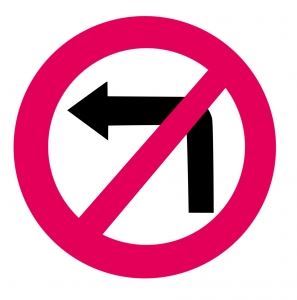
Establishing who did what, and when they did it, is a significant part of any injury claim tied to a Missouri car, truck, or motorcycle accident. It is in your best interest to remember and implement a few basic tips if you are ever involved in a crash. First and foremost, get yourself to safety. Then, you should call 911 and contact a Springfield, Missouri car accident attorney.
If possible, it's a good idea take pictures of the scene with your cell phone; and to make notes of road, weather, and other driving conditions. All of these materials can be used to demonstrate what circumstances caused the collision to occur. Below, we outline some other factors that are connected to the process of establishing fault.
Missouri Police Reports
Missouri police reports can provide crucial evidence in accident cases: you'll need a copy of the responding police officer's formal record. If a Missouri state traffic law was broken, or there was apparent negligent behavior, this information should be recorded in the report.
Missouri Traffic Laws
In most cases, as discussed above, the police officer will note violation of any Missouri traffic laws in the accident report. If you need more information to understand why a citation was (or wasn't) issued, review the Missouri Vehicle Code.
"No-Doubt" Liability: Rear End Collisions and Left Turn Car Crashes
Most people have heard that if another driver hits your car from behind, that driver is automatically at fault. This is usually true, no matter why your car stopped. Similarly, if a collision occurs when a driver making a left turn is struck by an oncoming vehicle, the driver turning is considered responsible, under most circumstances.
Why the "rear end collision rule?" Your job as a driver is to travel at a safe distance from the car in front of you. So, you must be able to stop without hitting the car in front of you, no matter what happens--even if you are hit from behind and pushed into the car in front of you, or if the car in front of you stops short.
Why the "left turn rule?" A driver only has legal permission to turn left if the path is totally clear. If the path is not completely clear, the left turn is not legal: thus, if an accident is caused, the left turning driver is almost always at fault. In extremely rare cases, traveling at excessive speed into the intersection can transfer some measure of fault to an oncoming driver who collides with a vehicle turning left.

